Islamic wall decorations blend artistry, spirituality, and cultural heritage to create an enriching atmosphere in any space. In this guide, we will explore various aspects of Islamic wall decorations, including styles, materials, and tips for integration into your home. Join me on this journey of discovery!
Understanding Islamic Wall Decorations
Islamic wall decorations have a history that spans centuries, characterized by intricate designs and meaningful symbolism. Unlike many Western art forms, Islamic art avoids direct representations of living beings, focusing instead on geometric patterns, calligraphy, and floral motifs.
The Spiritual Significance of Islamic Art
Islamic art seeks to reflect the beauty of the divine. Each piece often embodies a story or a deep philosophical meaning, inviting viewers to contemplate their faith and existence.
Key Elements of Islamic Wall Decorations
- Geometric Patterns: Symmetrical designs that symbolize the infinite nature of Allah.
- Calligraphy: Arabic script that conveys messages of faith and wisdom.
- Floral Motifs: Nature-inspired designs representing creation and growth.
Popular Styles of Islamic Wall Decorations
There are various styles of Islamic wall decorations, each with unique characteristics and cultural influences. Here are some popular ones:
Moorish Style
The Moorish style originated from the architectural influences of the Moors in Spain and North Africa. This style is known for its elaborate tilework and arches.
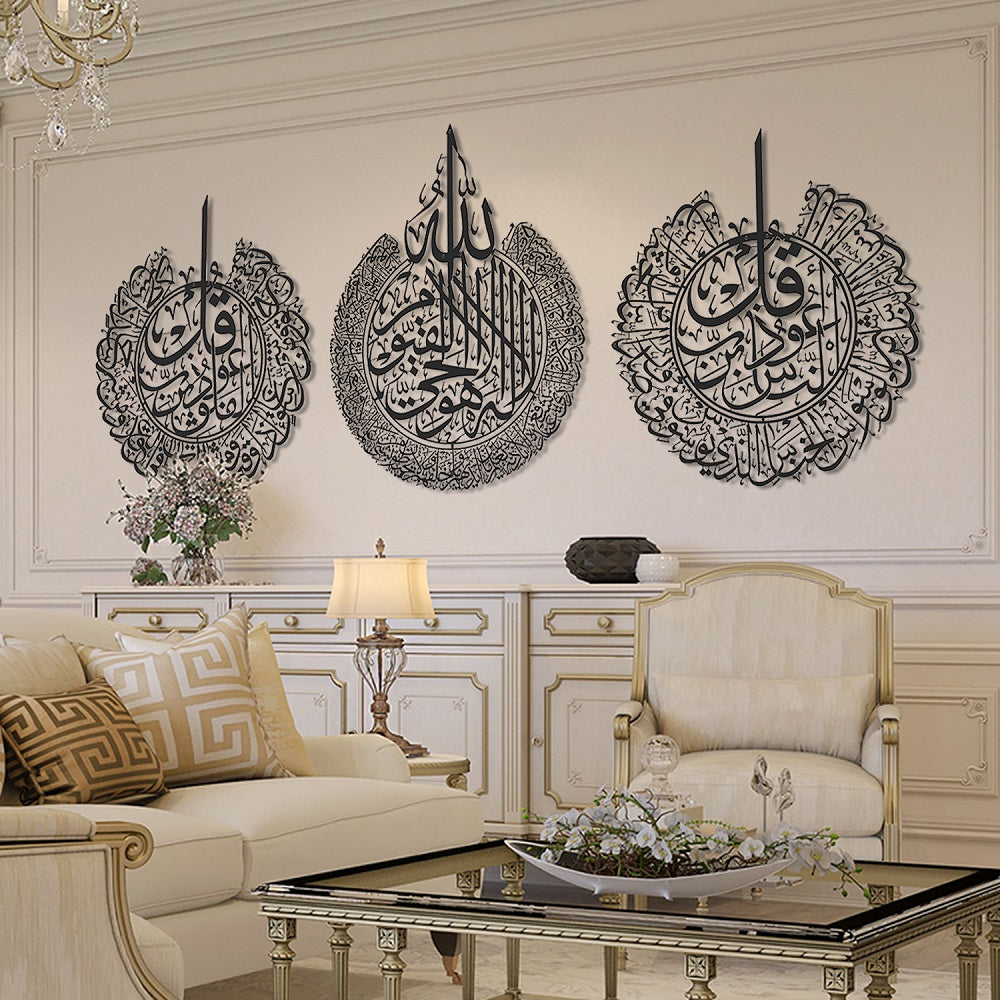
Ottoman Style
The Ottoman Empire’s rich artistic heritage is reflected in its wall decorations, featuring vibrant colors and ornate motifs.
Persian Style
Persian art is characterized by its intricate detail and use of vibrant colors, often telling stories through its designs.
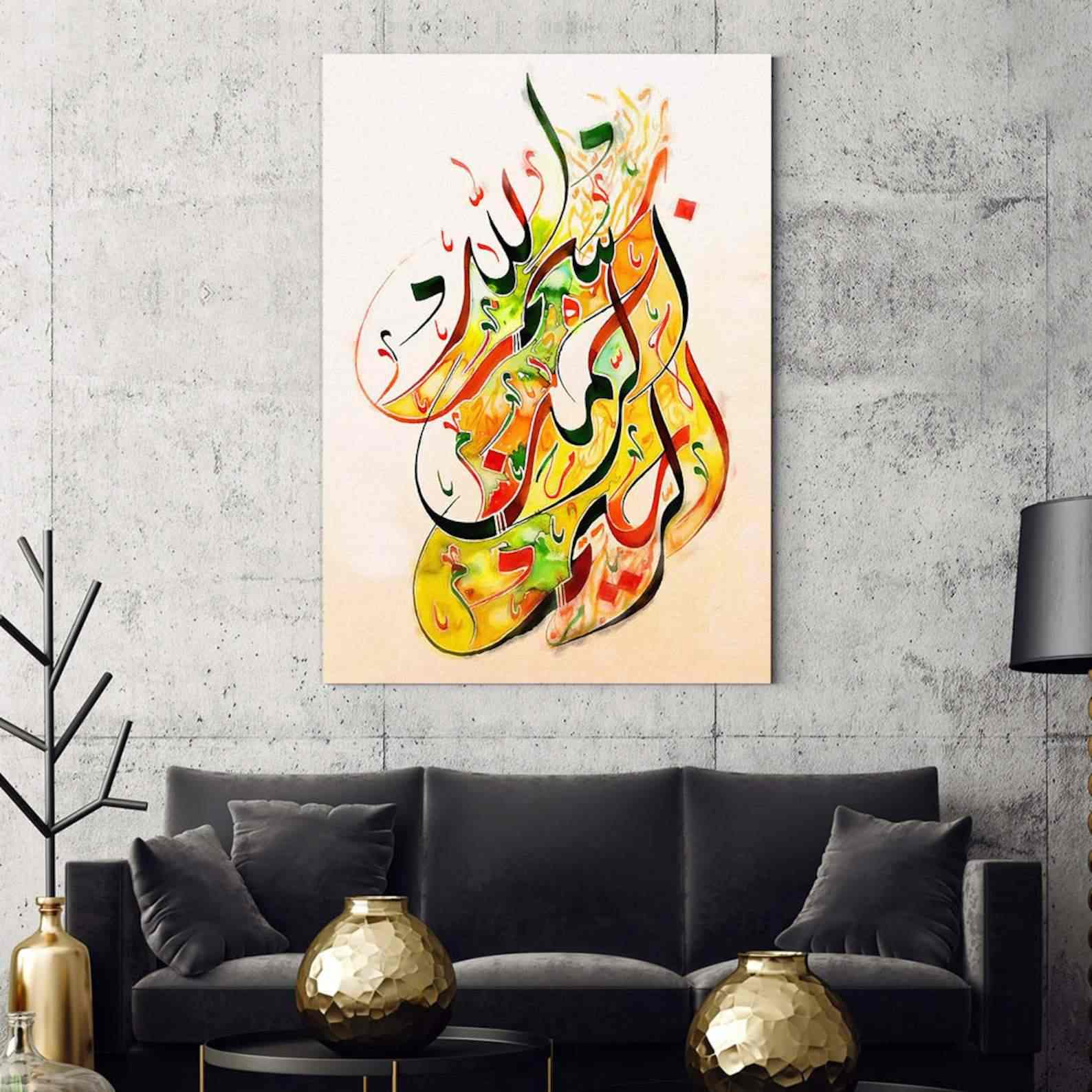
Contemporary Islamic Art
Modern interpretations of Islamic wall art combine traditional motifs with contemporary design trends, making them appealing to a broader audience.
Materials Used in Islamic Wall Decorations
Islamic wall decorations can be created using various materials, each adding a unique touch to their beauty:
- Wood: Often used in intricate carvings, showcasing craftsmanship.
- Ceramic Tiles: Popular in Moorish and Persian styles, they add color and texture.
- Metal: Copper and brass are often used in decorative wall hangings.
- Canvas: Modern pieces are often available on canvas, providing versatility.

Incorporating Islamic Wall Decorations into Your Home
Integrating Islamic wall decorations into your living space can enhance its aesthetic and spiritual ambiance. Here are some tips:
Choosing the Right Space for Display
Select areas in your home that require a touch of elegance. Living rooms, entryways, and prayer spaces are ideal for showcasing these decorations.
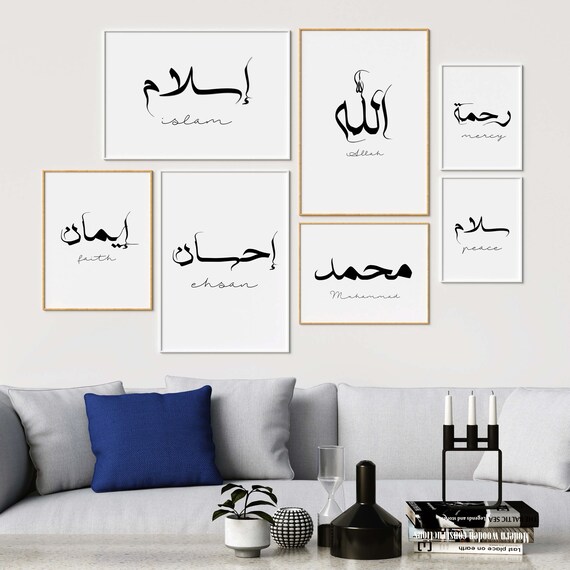
Creating a Focal Point
Choose a statement piece, such as a large calligraphic artwork or a vibrant tiled mural, to serve as a focal point in your room.
Mixing and Matching Styles
Don’t be afraid to combine various Islamic styles with contemporary decor to create a unique and personalized look.

Comparative Table of Islamic Wall Decoration Styles
| Style | Characteristics | Materials Used |
|---|---|---|
| Moorish | Intricate tile patterns, arches | Ceramics, plaster |
| Ottoman | Vibrant colors, floral patterns | Textiles, wood |
| Persian | Detail-rich, storytelling | Canvas, wood |
| Contemporary | Modern motifs, minimalistic | Digital prints, canvas |
Pros and Cons of Islamic Wall Decorations
Pros
- Adds spiritual depth to your living space.
- Showcases exquisite craftsmanship and artistry.
- Provides a unique cultural touch to home decor.
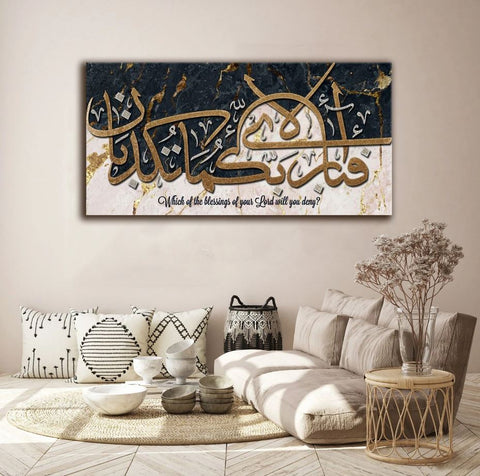
Cons
- May require careful consideration for theme integration.
- Can be perceived as niche and may not suit all tastes.
- Some pieces may come with a higher price tag due to craftsmanship.
Frequently Asked Questions (FAQs)
What are the main themes in Islamic wall decorations?
The main themes include geometric patterns, nature motifs, and calligraphy, all intended to reflect the beauty and complexity of faith.
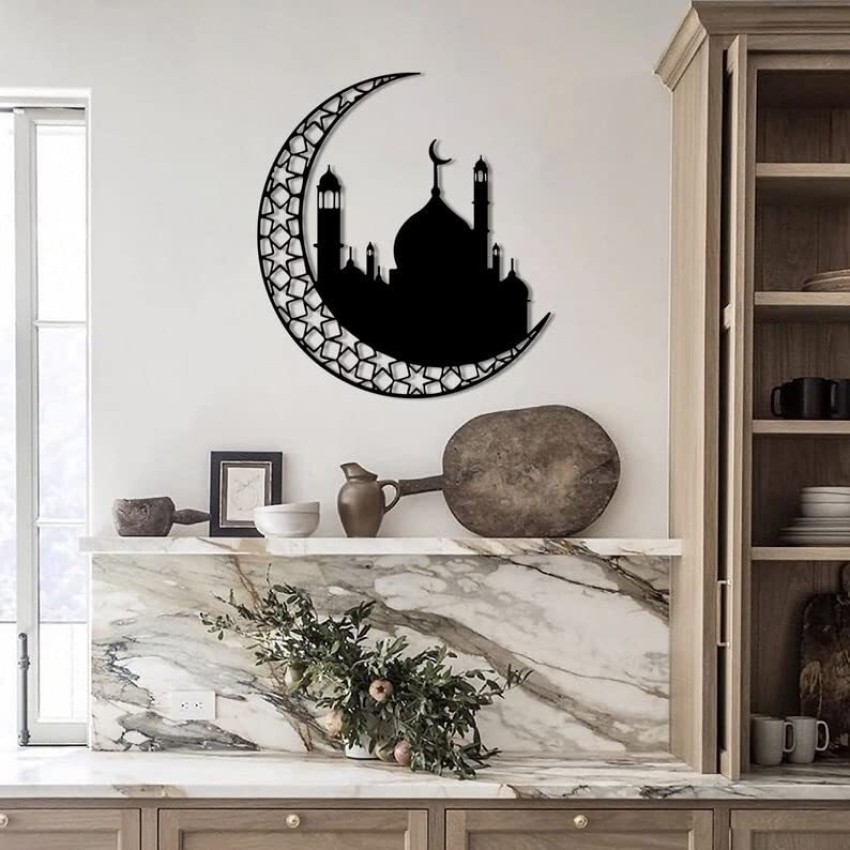
How can I choose the right Islamic wall decoration for my space?
Consider the overall decor style of your home, the space available, and the message you wish to convey when selecting your piece.
Are there DIY options for creating Islamic wall decorations?
Yes! Many people enjoy crafting their own pieces using stencils and paints to create geometric patterns or using calligraphy techniques.
How do I maintain and care for my Islamic wall decorations?
Care will depend on the material. Generally, dusting regularly and avoiding harsh chemicals are good practices. For delicate pieces, consider professional cleaning.